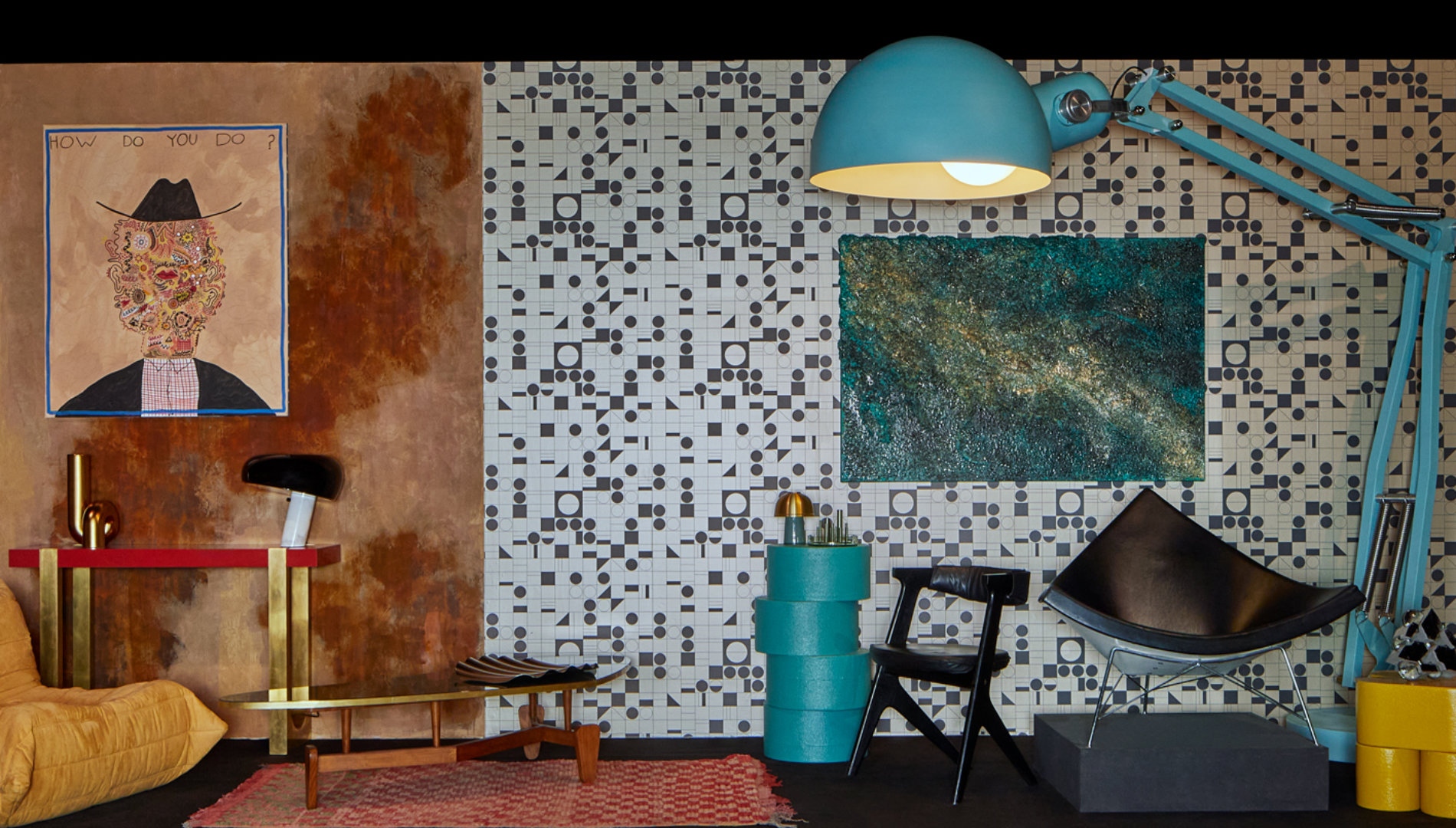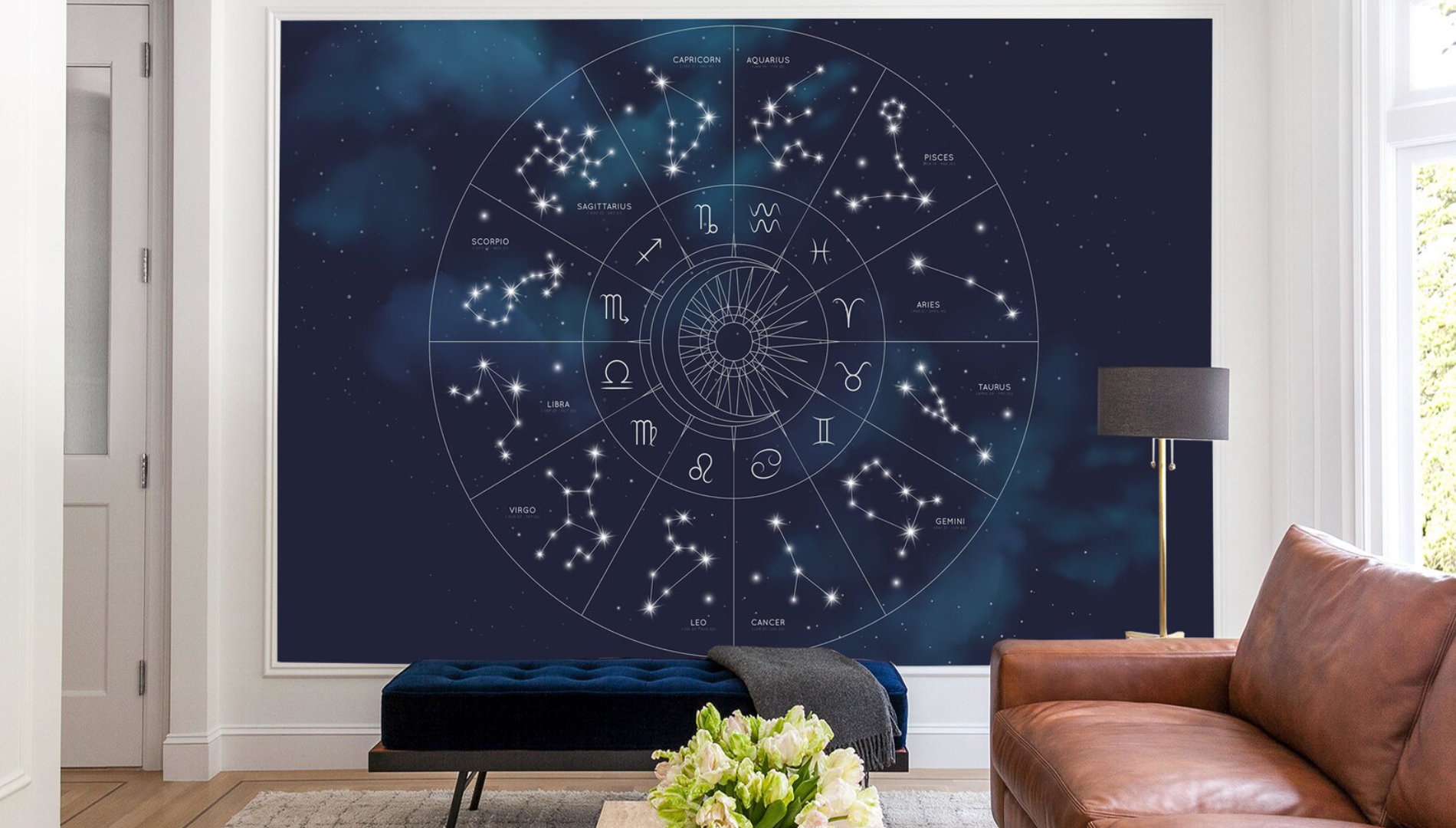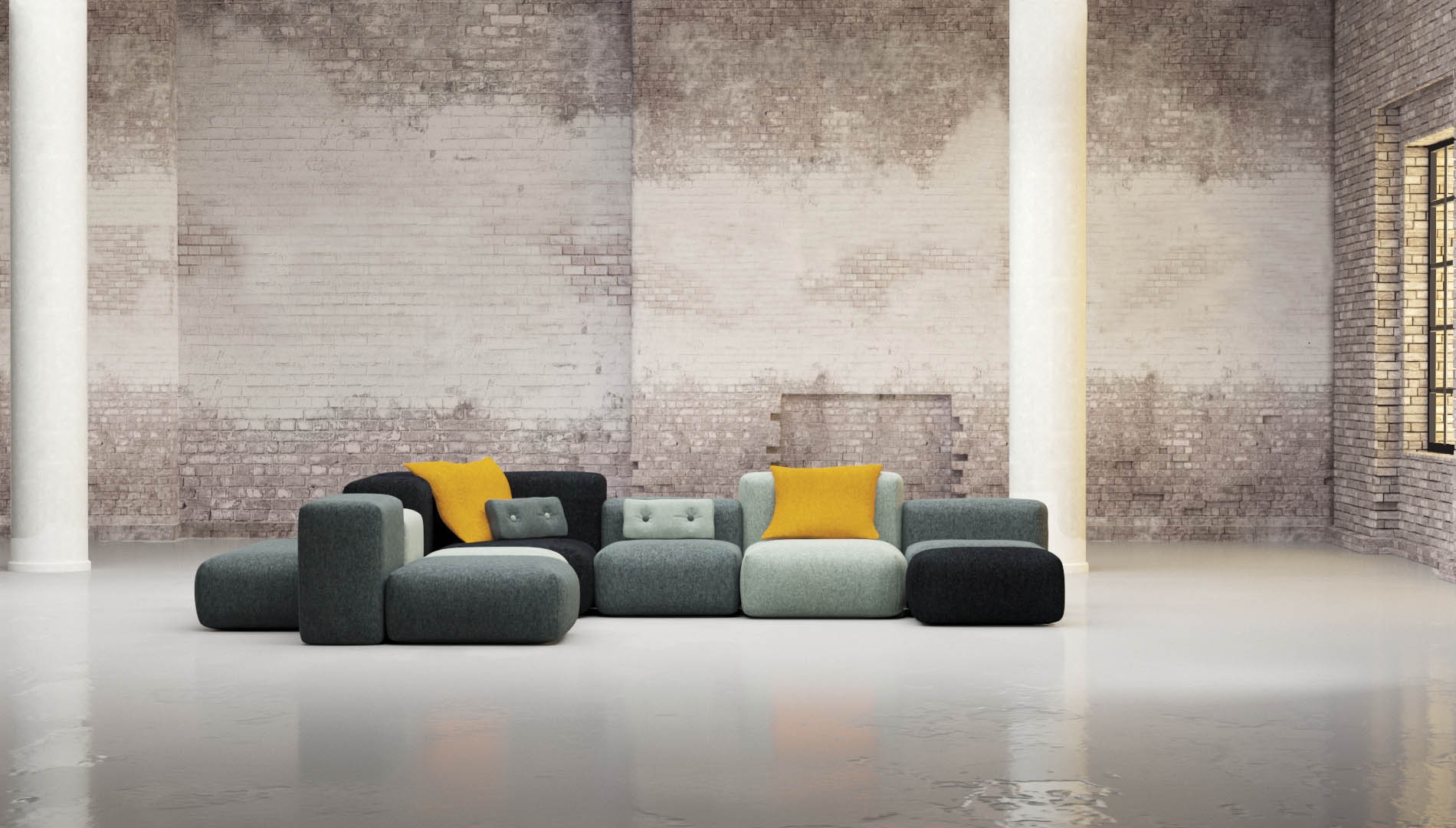
Long-term comfort
Last year saw the 10th anniversary of the inception of Hannabi, a brand that introduced a new world of modular sofas to audiences at home and beyond. The founder of Hannabi, Anikó Rácz had a clear vision of her brand: along with shaping our concept of good sofas, Hannabi was designed to make us rethink our complete consumer behaviour. As Anikó herself believes, one of the main issues of modern societies is the waste of product: to this end, Hannabi is home to products that were created for specific needs, and are designed to serve customers for generations to come. To find out the secret behind Hannabi and its amazing sofas, we talked to founder Anikó Rácz.
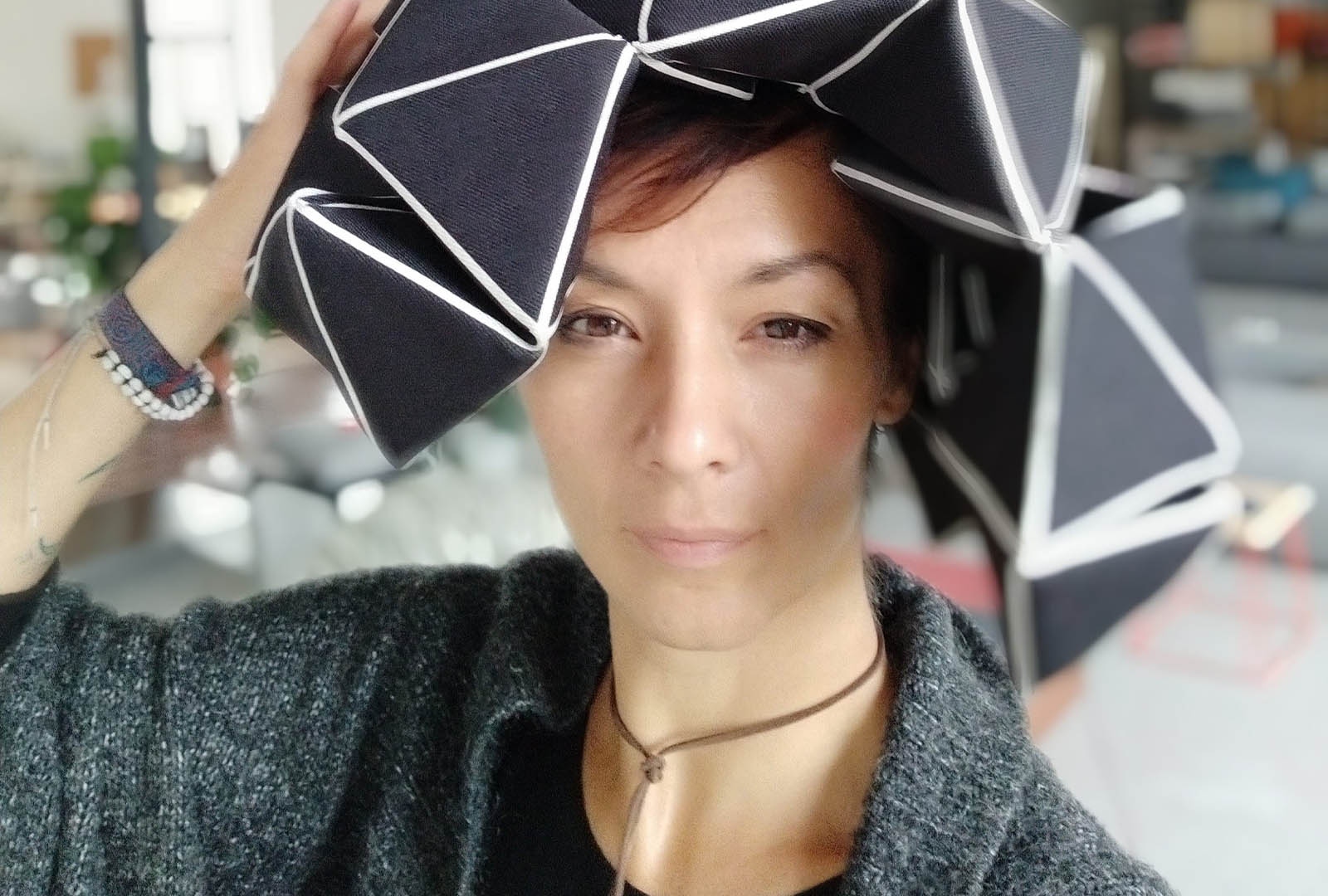
What makes the perfect sofa?
Whether it’s a sofa or something else, the perfect product is one that can easily adapt to its user. It’s unlike a statue that is finished, but rather an object with a purpose to fully “serve” the customer. That’s why I’m in love with modular furniture. Along with this, longevity and any sort of personal relation is another important aspect of a good product.
How was Hannabi able to bring something new to the table when it entered the furniture market 10 years ago?
I worked as an interior designer for years and finding the perfect sofa for my clients was always a challenge, despite the abundance of great products on the market. Then, I joined a family business of furniture manufacturers for six years. Each day I spent there we tried to discuss and figure out the secret of a comfortable sofa. The most important thing I learned here is that the size of the furniture is of essential importance, and this usually boils down to 10 to 30 centimeters! This is the length that can make a sofa convenient or not, whether it leaves enough space in the interior for mobility or whether it is just the right length for our own legs and body. All in all, a good sofa needs to meet a variety of needs, and if you want to do this by using mass produced elements, you can only make it work in the biggest interiors.
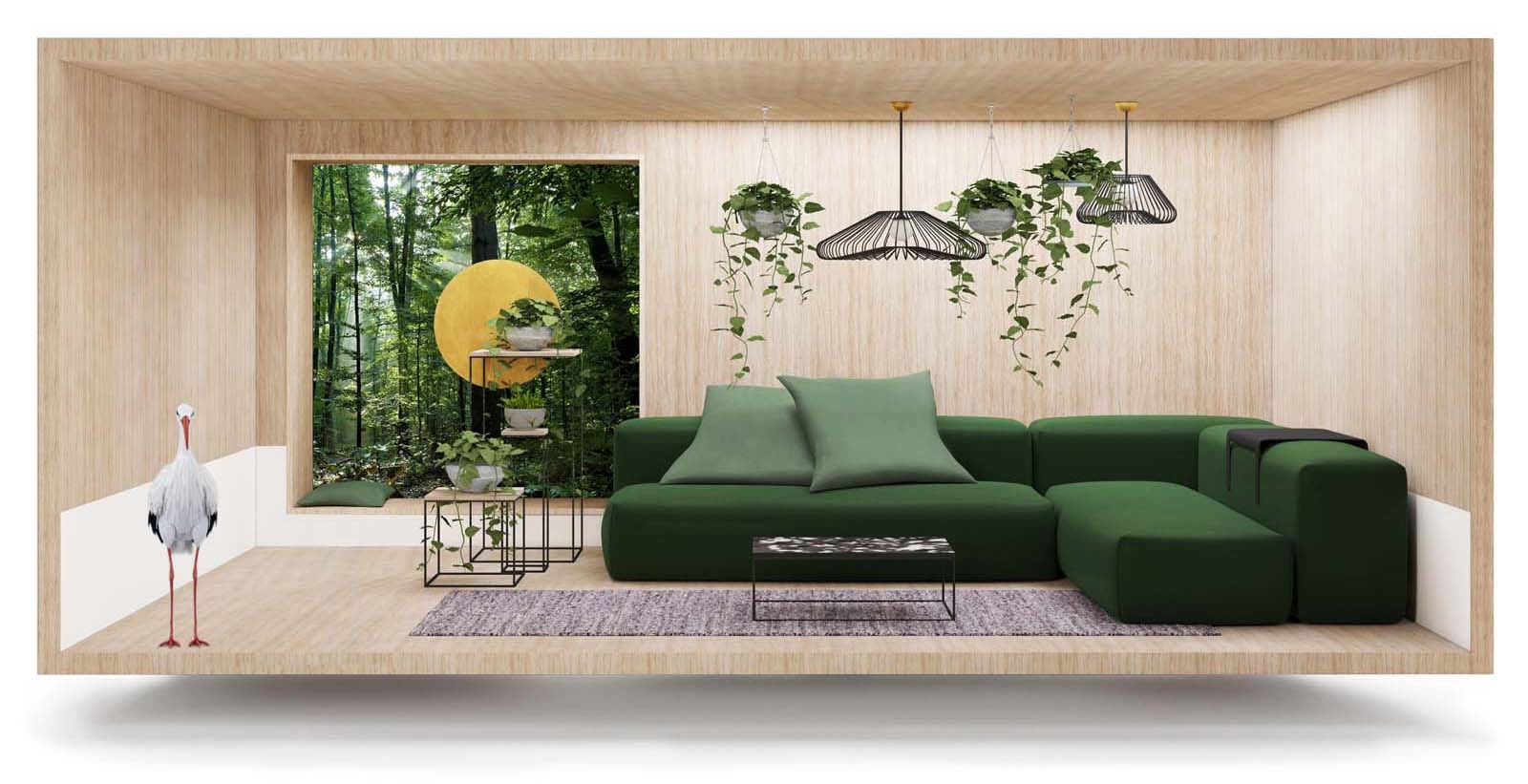
You say that creating the perfect sofa is the same process as designing a tailor-made suit. What are some of the universal qualities that connect all Hannabi products?
To overcome the aforementioned challenge of varied needs, we came up with a uniform shape: a rounded cube shape that can be customized based on our clients’ requirements. In 2013 we released the BOX Hyperactive sofa, a product that has been continuously developed over the past years, adding a variety of backrests and accessories to it, continuously upgrading its comfort and function. Thanks to an ingenious solution, its elements aren’t permanently attached, so they can be moved around freely. The ergonomic qualities of the sofa were perfected through several tests and experiments, looking for the perfect balance of materials. If we are looking for a unifying quality of Hannabi sofas, I think the truth lies somewhere here: these are interactive, user-friendly furniture that can be easily customized for any user.
Hannabi celebrated its 10th anniversary last year. What were some of the most important lessons of these years?
Last year was all about the Covid pandemic. We planned to have anniversary celebrations for 2020 with a lot of programmes and new releases, but, as the old adage goes, men make plans and the gods are amused. The first half of 2020 showed that we can lose everything in an instant: our main manufacturer got cut off due to the pandemic and we had to completely rebuild our supplier background. The second half brought on similar changes, but in a much more positive way, as orders and requests started to fly into our offices. This showed me just how resilient our small business was, even in harsh times such as these. These challenges truly tried us both on a personal and professional level, but in the best way possible.
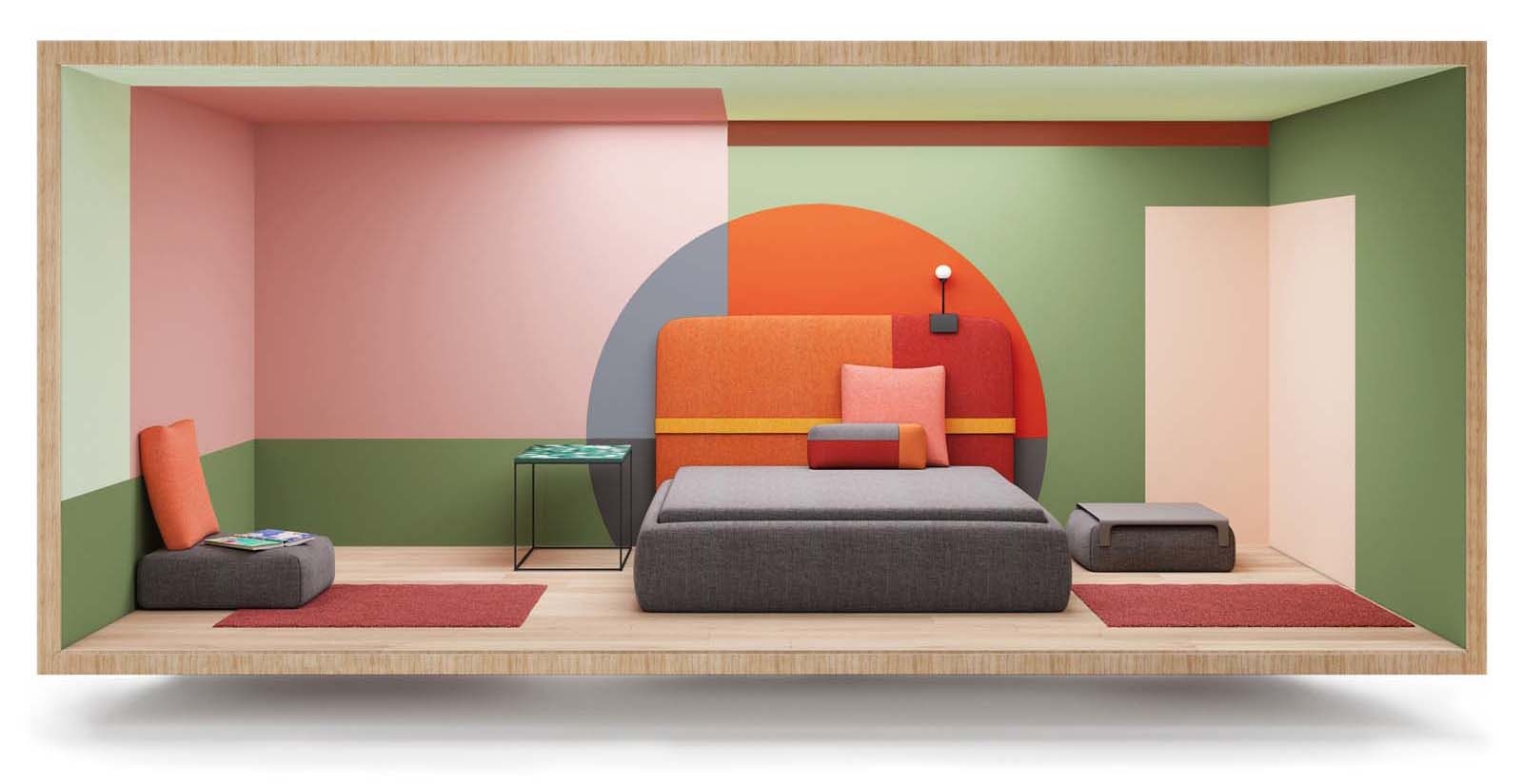
In recent years, your sofas have been featured at a number of international exhibitions such as the Milan Design Week. How did international audiences react to your products?
They really loved our concept and embraced the solutions these products proposed to issues so familiar to them.
Do you think Hannabi values are just as relevant abroad as they are at home?
Our main mission is to make furniture that lasts for the longest time possible, and all this is fuelled by our commitment to sustainable efforts in design and in our everyday lives. A product of outstanding quality is merely a tool that can only become a true source of change in the hands of a caring and understanding customer. This is why we are working to involve customers in the planning process, so that at the end of the day they are buying a sofa that is truly theirs, that was designed for their specific needs. Our sofas are just like the aforementioned tailor-made suit, an item that you won’t just throw away easily.

Anyone can easily customize their furniture through an application available on your website. What are you seeing, are customers willing to try their hands at the Box Sofa Designer application?
People are a bit reluctant at first, because they expect this application to be very complex, but once they try it out, they fall in love with it. It is very simple and fast with real-time rendering and price calculation. Thanks to the application, customers can work on the dimensions of furniture while being at the actual place it’s getting designed for. We are only helping with the finishing touches and material choices.

What are some of the artistic movements and styles that inspire you?
Japan is an eternal source of inspiration for me - it is an artistic culture that includes all ends of the spectrum, from tradition to incredible progressivity. Their reductive and minimalistic way of thinking is something I can completely relate to, and the protection and humility towards nature is one aspect in the creative process that is essential to me as well. I have been commuting between our Budapest-based studio and our home in the woods for the past 10 years. I am glad that handcrafted products are gaining renewed popularity. To name a few Japanese designers, the dismantlable architecture of Shigeru Ban and the wood art of George Nakashima are among my favorites. You can see that Japan had an enormous influence on Western culture. I could go on listing all my favorite artists, but if I had to pick just one more, I would go with the architectural work of Frank Lloyd Wright.
One of the central aims of design at Hannabi is to create sofas that serve families and homes for generations with their function and comfort. How do you ensure the longevity of your products?
In this sense, a sofa as a concept doesn’t allow for much flexibility. A sofa usually includes many load-bearing iron filaments for obvious reasons, you can either incorporate these in the furniture or not. If we decide to go with this system, it contributes to a long-lasting shape that won’t be deformed over time. This load-bearing system has to be built in an incredibly sturdy structure that can withstand the pressure of the metal filaments. This whole construct is practically indestructible. Our sofas are made with this system in mind, supported by high quality, wear-resistant and easy-to-clean materials. For the past 10 years, none of our sold products needed new upholstery, and I don’t expect them to need one for another decade.
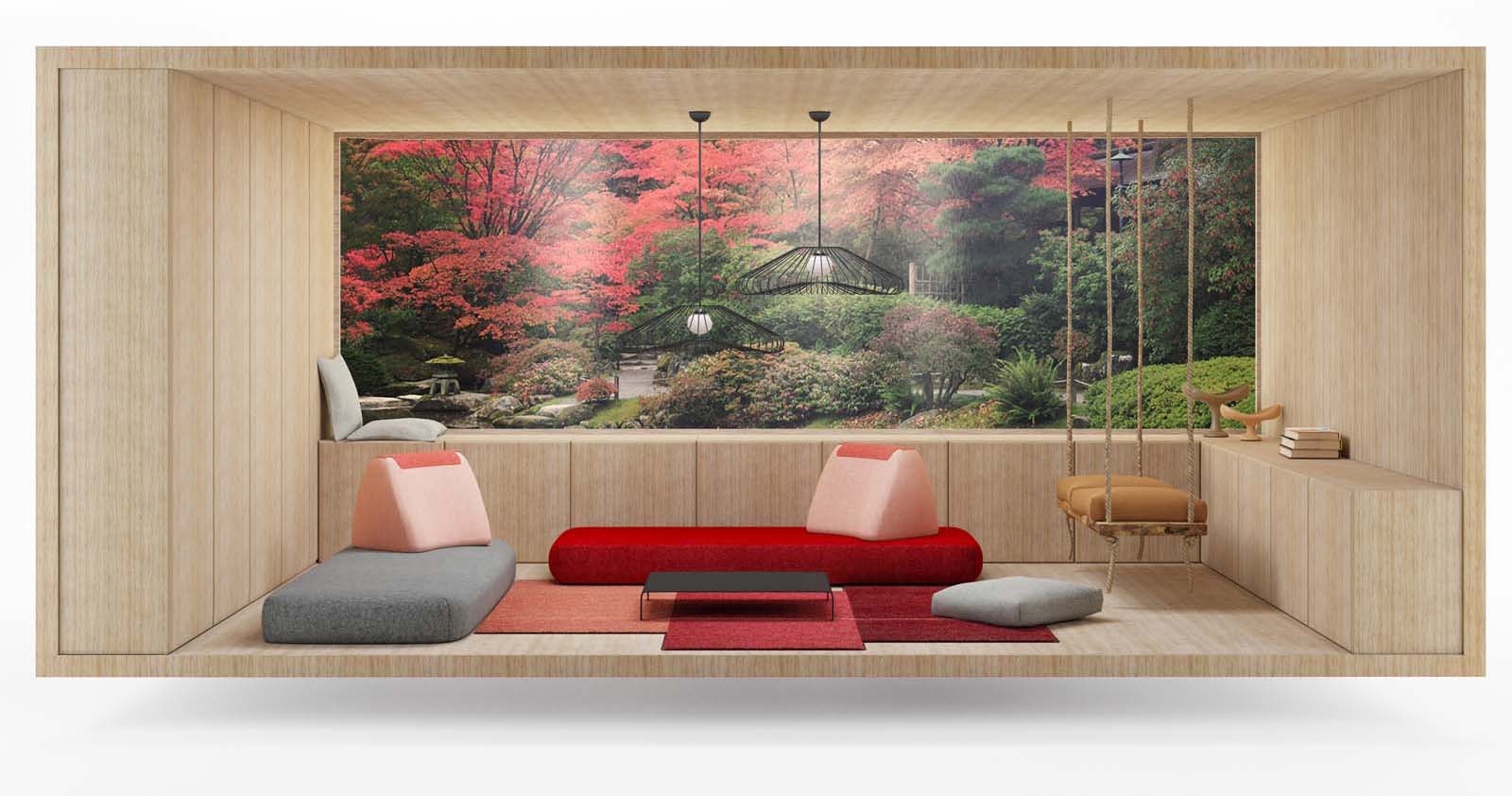
How can any furniture become truly sustainable?
I don’t believe in sustainable products or materials. The issue doesn’t stem from the products themselves, but from the fact that there’s just too many of us and we have unethical consumer behaviours. Plastic waste and the production of natural materials are all taking a toll on our environment. It is imperative that we fully understand the purpose of certain so-called “environmentally friendly” materials, but if we only keep products in our homes for a short amount of time, the simple act of changing plastics to flax won’t make any difference. On the contrary.
Sustainability is a philosophy where we aim to change and decrease our wasteful ways of life as much as possible. One of the easiest but most impactful steps we can make is to only buy products that will surely be of service for a long time, without the need to throw them out after only a couple of uses. A few generations ago it was still the norm to buy products - such as clothes or furniture - that last until the end of their life cycle.
You encourage conscious consumer behaviour with your products themselves, but also with a number of unique programmes, booklets and workshops. Are customers susceptible to these initiatives?
In my experience, customers are getting more and more open to accept these shifts in their perspectives, once they overcome the initial fear of the unknown. The central dilemma in accepting the aforementioned conscious and sustainable behaviours is that it questions our own position in society: we like to think that we are beneficial to our environment and our financial existence is synonymous with existential security. This in turn leads to increased consumerism. What we need to realize is that we don’t have to give up on true existential securities and comfort, we only need to shift our attention and focus more on the importance of human relationships, arts, quality time and our home. It’s not that difficult, is it? Many sources of inspiration and examples are available to help you in this change, including our own Let’s design the future presentations and workshops.
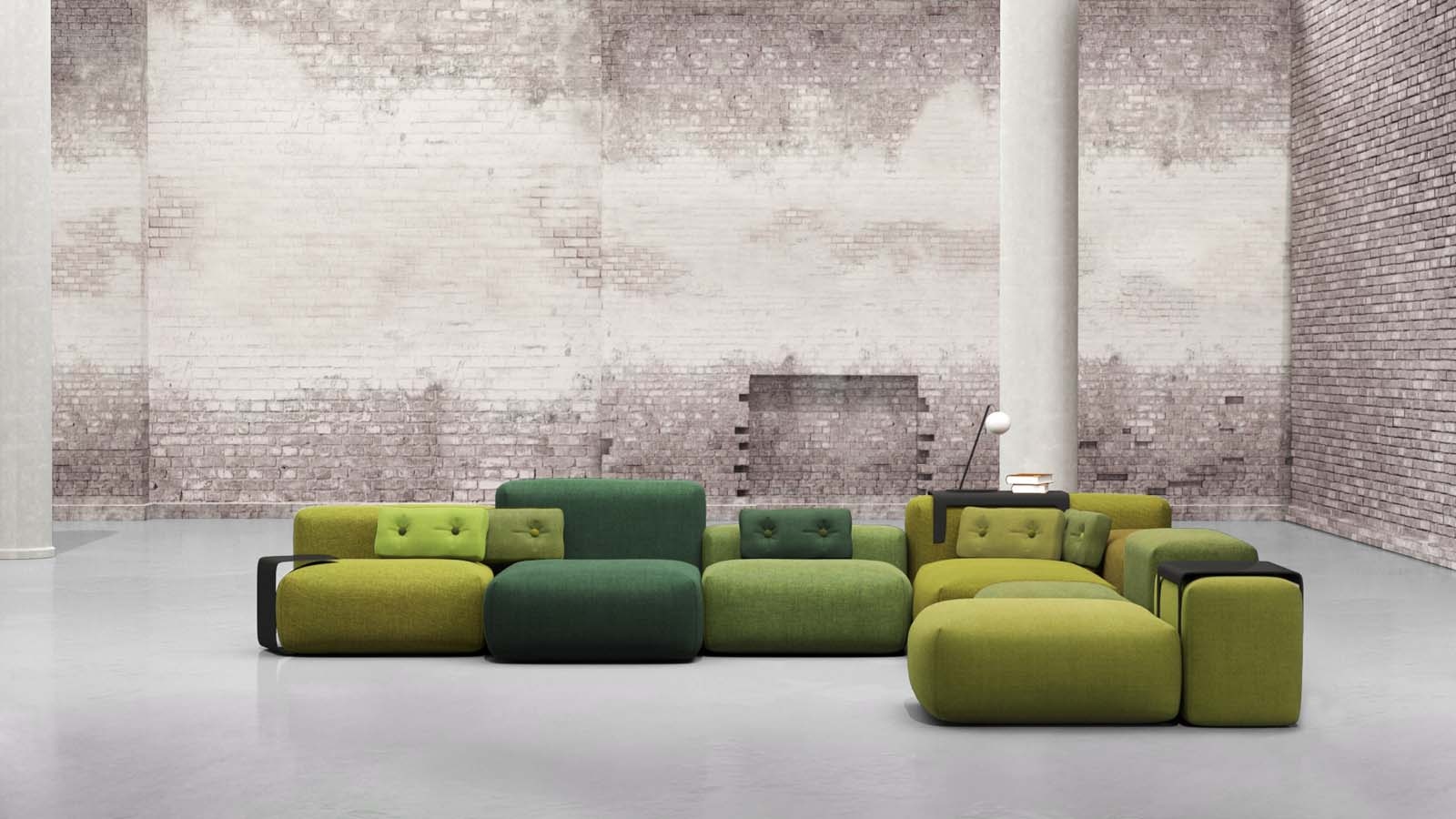
You announced the Hannabi Talent programme only a few years ago, aimed at up-and-coming designers. What advice would you give to those who are just starting a career in design?
There’s a lot of things going on in the world right now, but it also means that there have never been so many opportunities to express yourself. In past years, it was social media communications that made our brand really transparent and trustworthy. Hungary is home to a reliable network of manufacturers and suppliers, as there are many smaller businesses open to collaboration, and smaller products are also favored by prevalent trends, so I can only encourage them to start building their dreams. I can confidently say that there’s no product without a manufacturer, so go out your way to establish long-lasting, fruitful connections with your manufacturers.
What do you expect from 2021?
One of my dreams finally came true this year, as we started working on Hannabi tables and ceramics with a number of Hungarian designers, contributing to the ultimate Hannabi home experience. We will also launch the distribution of a Hungarian carpet designer. All these products will be available to see at this year’s S/ALON BUDAPEST.
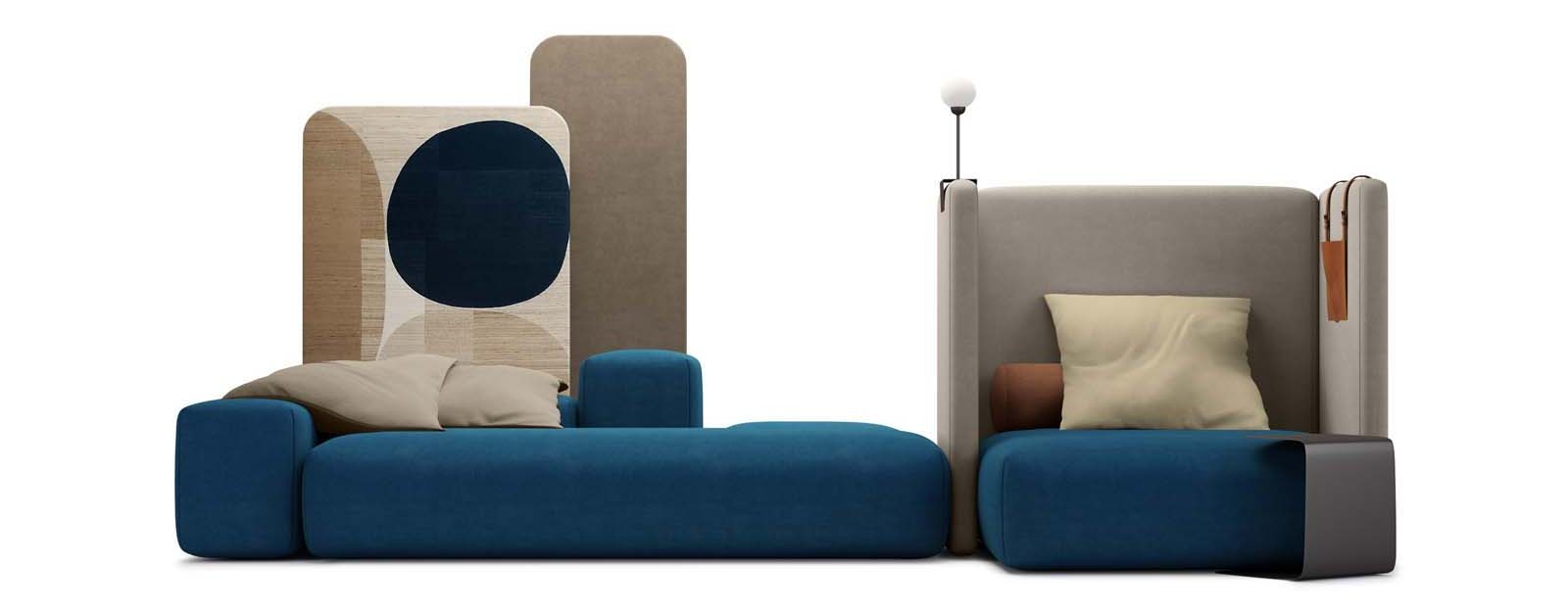
Hannabi has already booked its place at S/ALON BUDAPEST 2021. If you’d like to meet one of the most exciting faces of Hungarian furniture design and fully explore the ever changing scene of domestic and international interior design, be sure to visit us at the Budapest Arena between September 24-26, 2021!

